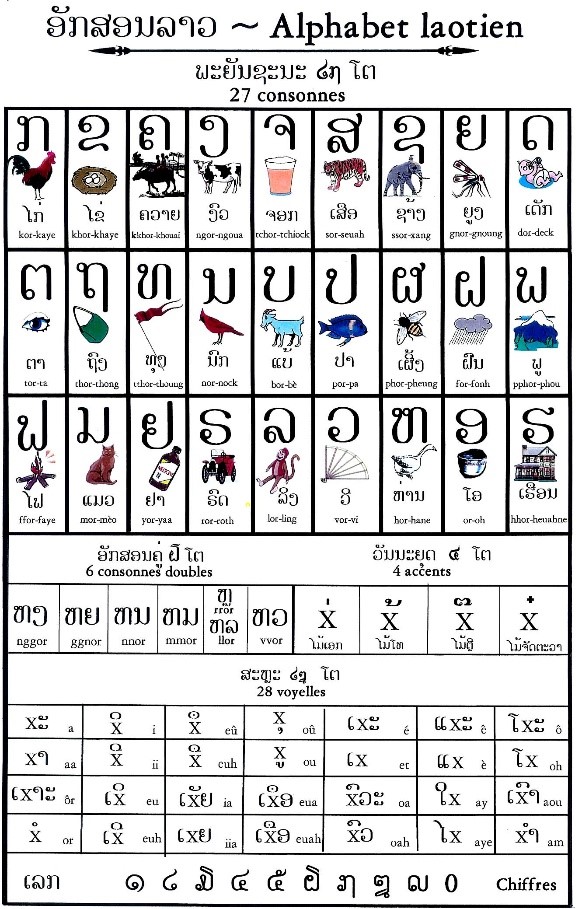Editor: “Apa kabar? Jak masz na imię? خوش آمدید! Γειά σου!” When crossing the atrium of the second teaching building, bursts of loud reading will capture your ears. Sonorous voice and fluent speech, worn-out books and detailed notes—these are the silhouettes of GDUFS students who study minority languages doing their daily routines. How does it feel to master a language that only a few people in the world can speak? The following articles of the series【From GDUFSers】will give us a closer look at the inner world of GDUFSers and the unique features in GDUFS.
@ZHU Tianhao Greek
Because few people in China are studying Greek, sometimes I can roast my annoyances in Greek on Weibo, without worrying whether anyone can understand me. I have already studied the Greek myths in three languages: Chinese, English and Greek, of course. Although I have learned them three times, new discoveries and understandings pop up in my mind every time. It is quite an interesting way to study Greek and know more about Greece.

The Greek family
@DENG Bihui Burmese
We are all relaxed in such a small class, but it also means that any class-skipping and dozing-off can be easily noticed by the teachers. The greatest challenge is that the learning resources like related APPs and online courses are limited outside the classroom. But it still feels good to be one of the few people who knows Burmese. Besides, innovating in this field is so much easier thanks to the very few learners.
@HUANG Xiaoqi Czech
Everyone gets to speak and engage in classroom activities. In conversation class, both students and teacher sit in a circle and play Words Solitaire and other games in Czech together. These games enlarge our vocabulary and draw our engagement. How lucky to be in a class like this!
@ YAN Xiang Lao
Learning Lao and writing the adorable Laotian letters is a long journey. At the beginning, I get bewildered about its every circle-like letters, and writing numbers makes me more confused. But as I learn more, I come to fall in love with Lao and its captivating letters.

The circle-like letters in Laotien alphabet
@CHEN Zehan Indonesian
Sometimes seeing the blackboard fully covered with Thai or Lao, we joke about it as the “magic book”. There are many interesting methods of learning to trill Rs. It’s amazing to look back on the days when we struggled so much to get the hang of it. What's more interesting, my tongue often gets out of control and tries to trill every word with an “R” when I am reading English.
Group photo of students majoring in Indonesian
@CHEN Huan Turkish
We are so lucky to have four beautiful and passionate teachers and also our friends in the Turkish major. We do a lot of things together, either talking about life or going to picnics. Turkish class is a fun team with an active atmosphere and brings laughter to every place we go.
The Turkish language seems easy to learn at the beginning because it uses Latin letters, so while students majoring in Persian or Arabic are trying hard to write words, we are already practicing conversations. Some might think it takes a lot of efforts to master this language, for the fact that Turkish people speak fast. But rhythm is one of the beauties of Turkish, which makes it much easier. Besides, it gets better when you find the patterns and the rules.
@WANG Yimin Turkish
We started from zero. It’s like witnessing ourselves transforming from three-year-old children to teenagers in two years. This sense of achievement really fulfills us.
From Northern Europe to the Middle East, from North Africa to South America, diverse languages always can be heard at GDUFS. Whether they are minority languages like Indonesian, Farsi and Greek, or majority ones like English and Spanish, GDUFSers are always there, presenting colorful cultures to the world and sharing Chinese stories globally.

